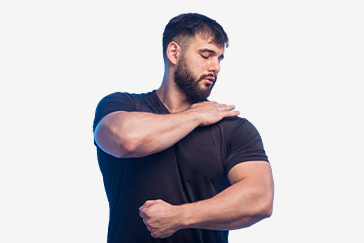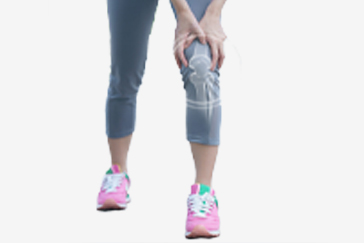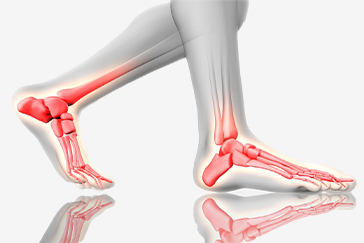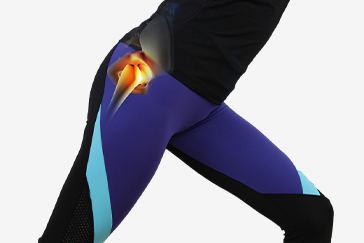 Book Appt.
Book Appt.
 Call Now
Call Now


The rotator cuff is a group of four muscles and their tendons that surround the shoulder joint, providing stability and facilitating a wide range of motion in the arm. A rotator cuff tear is a common shoulder injury that can cause pain, weakness, and restricted mobility.
Causes of Rotator Cuff Tears
Rotator cuff tears can result from various factors, including:
Symptoms of Rotator Cuff Tears
The symptoms of a rotator cuff tear can vary in severity and may include:
Diagnosis
Diagnosing a rotator cuff tear typically involves a combination of the following:
Treatment Options
The choice of treatment for a rotator cuff tear depends on several factors, including the size of the tear, its location, the patient's age, and overall health. Common treatment options include:
Prevention
While not all rotator cuff tears can be prevented, there are steps individuals can take to reduce their risk:
Prognosis
The prognosis for rotator cuff tears varies depending on the size, location, and severity of the tear, as well as the chosen treatment method. With appropriate treatment and diligent rehabilitation, many individuals experience significant improvement in pain and function. However, complete recovery can take several months, and some patients may continue to have minor limitations in shoulder mobility or strength.
SHALBY Sanar International Hospitals provides extensive medical procedures backed up with our state-of-the-art technology and a team of highly qualified & experienced clinical experts.
Our doctors pen down their research findings and experiences from time to time. Their words provide deep insight into the latest techniques, technologies and other advancements in healthcare. It provides expert answers to all kinds of health questions for real-life issues.
VIEW ALL




Since the day of its foundation, SHALBY Sanar International Hospitals is committed to provide comprehensive healthcare services. It regularly organizes awareness programs in its premises and encourages outdoor healthcare activities and camps with an intent to put focus on preventive healthcare.
VIEW ALL